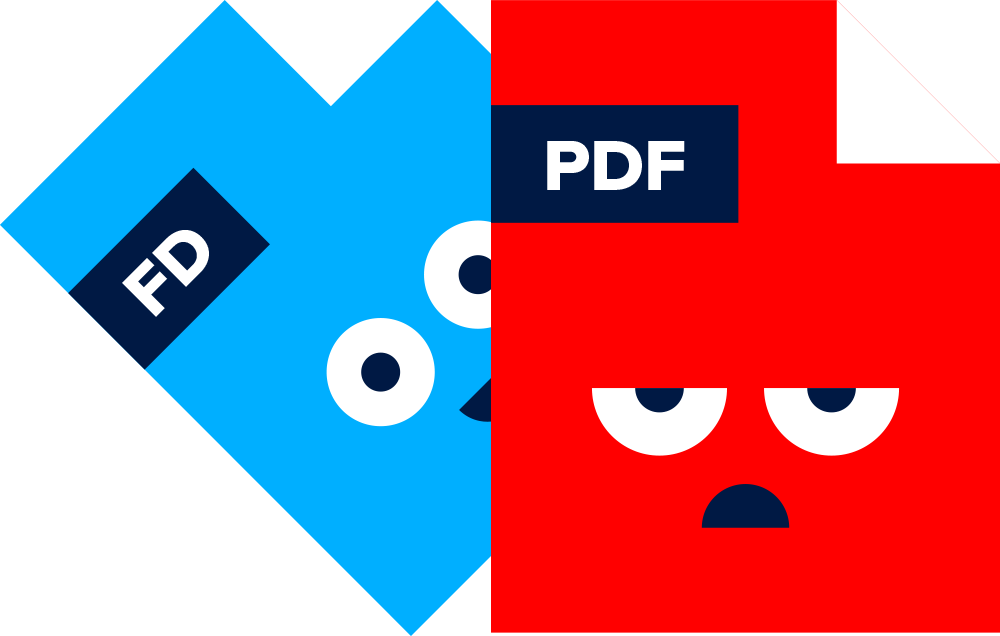Garnering worthwhile leads is always a challenge. So is amplifying your brand and reaching as wide an audience as possible. One of the tough decisions facing marketers today is how to balance these aspirations, and whether or not to gate content to generate leads.
Building brand awareness is difficult no matter what, and gated content may give new or skeptical customers a reason to look elsewhere. On the other hand, completely ungated content can get in the way of what marketers desperately seek: high-quality leads that can generate sales.
But what if there’s an option that offers a middle-ground? And what if that option isn’t just a compromise but a breakthrough made possible by technology unavailable to content marketers of the past?
Let’s talk about mid-gating, an alternative strategy to what can typically be viewed as an all-or-nothing equation.
What is gated content?
Let’s start with a quick review of what gated and ungated content is.
Gated content is any online content that can only be viewed or accessed when a user gives personal information, typically collected with a form posing a range of professional questions. By gating content, companies set a standard of exchange in which the quality of the asset is worth providing personal information.
The idea is that this enhances the appeal of the content, giving it an air of exclusivity and thus more value to customers, while the information collected in return results in higher-quality leads.
Ungated content is available to anyone, with no exchange of personal information required. Open access content can drive considerably more traffic to your site, amplifying your brand’s message and content marketing efforts more loudly through linkable, shareable, SEO-rich content that can generate buzz and reach more people. But forgoing lead data means potential customers can be lost in the process. `
Mid-gated content is just that, content that becomes gated at the mid-point of being read, giving a visitor partial access to a piece of content before requiring that they fill out a form with their contact information in order to keep reading.
Discover: 5 Best Types of Demand Generation Content To Fill Your Funnel
Are there any drawbacks to using gated content on websites?
While gated content is an effective strategy to generate more leads, it does significantly limit the reach of your content from users who are unwilling to provide their personal information such as an email address. As a result of gating your white paper, eBooks or magazines, you are missing out on potential website traffic as well as preventing it from being discovered by a broader audience.
Without a streamlined content creation process developing in-depth content can be a costly endeavor and limiting the access of your marketing assets can be detrimental to proving your content ROI.
Gating your content also carries a higher expectation of the quality of your content. Negative brand sentiment is likely to follow if a user does not believe the content was worth trading for their personal information.
Why mid-gating content is useful
Gating content midway offers readers a tasty appetizer and a sense of what to expect from the full meal. No false pretenses about what’s offered, no demand of email addresses without a glimpse into what they’ll get in return. In this way, mid-gating encourages trust on both sides.
It also leans on the psychological “completion” bias, which drives folks to finish a task they’ve already started, especially if what they are reading is visually engaging, thoughtful, and pertinent to their work.
A reader who has started reading before deciding to fill out the form is more likely to be genuinely interested than someone who blindly fills out a form, downloads a piece of content, and promptly forgets it. Mid-gating material can help accelerate solid lead generation by keeping the content fresher in the minds of your target audience and eliminating any doubt or mistrust about what’s being offered.
It also serves an SEO purpose. Search engine crawlers won’t index content that’s stuck behind a form. But by making the initial portion of the asset available, it allows the content to show up in search results.
Discover: How to build the best gated-content landing page.
Why mid-gating content is now more feasible
Marketers can utilize a mid-gate option more successfully now than ever due to modern digital platforms that are more adaptable and designed with better engagement in mind.
Simply put, you can’t offer a customer this type of experience with PDF. It’s not flexible enough as a format, or intelligent enough as an analytic tool.
With the technology in place to give marketers and buyers more avenues for engagement, your content strategy shouldn’t boil down to a choice between one option or another. The mid-gate is a prime example of a new marketing pathway made possible by innovative technology and a creative approach to offering content.
See how mid-gating content works



